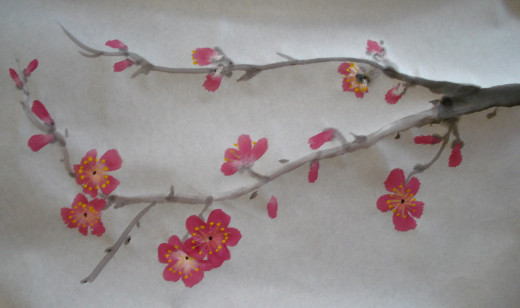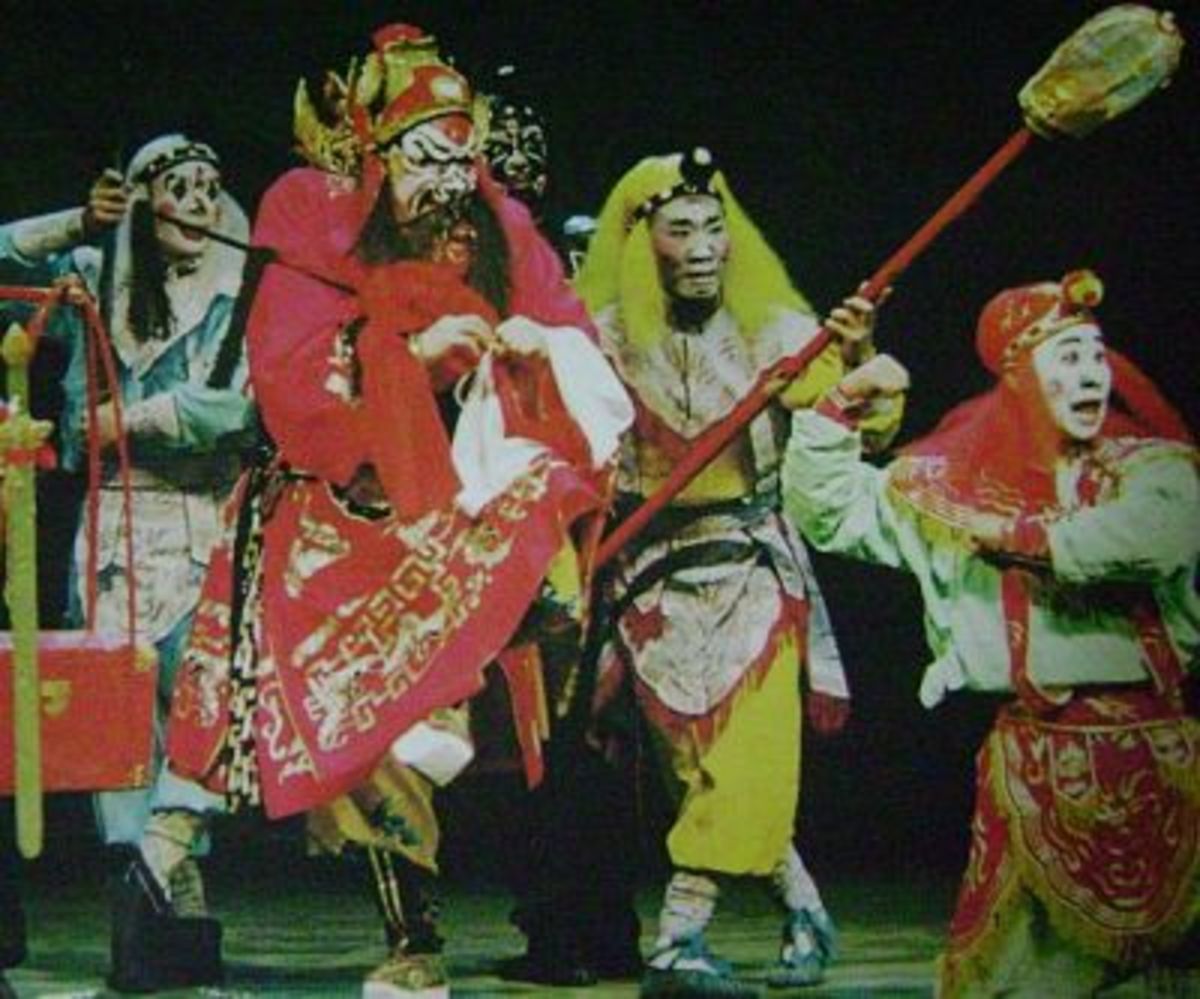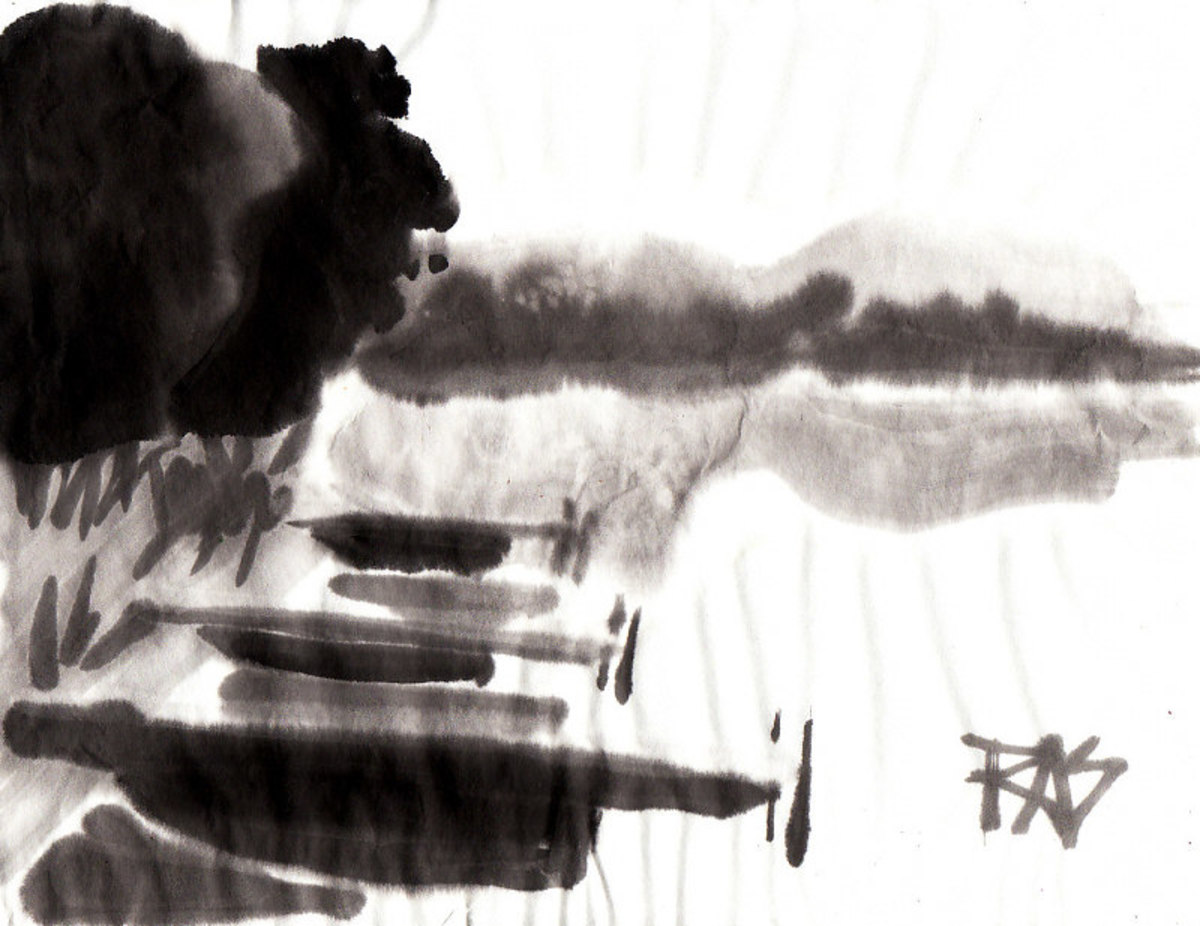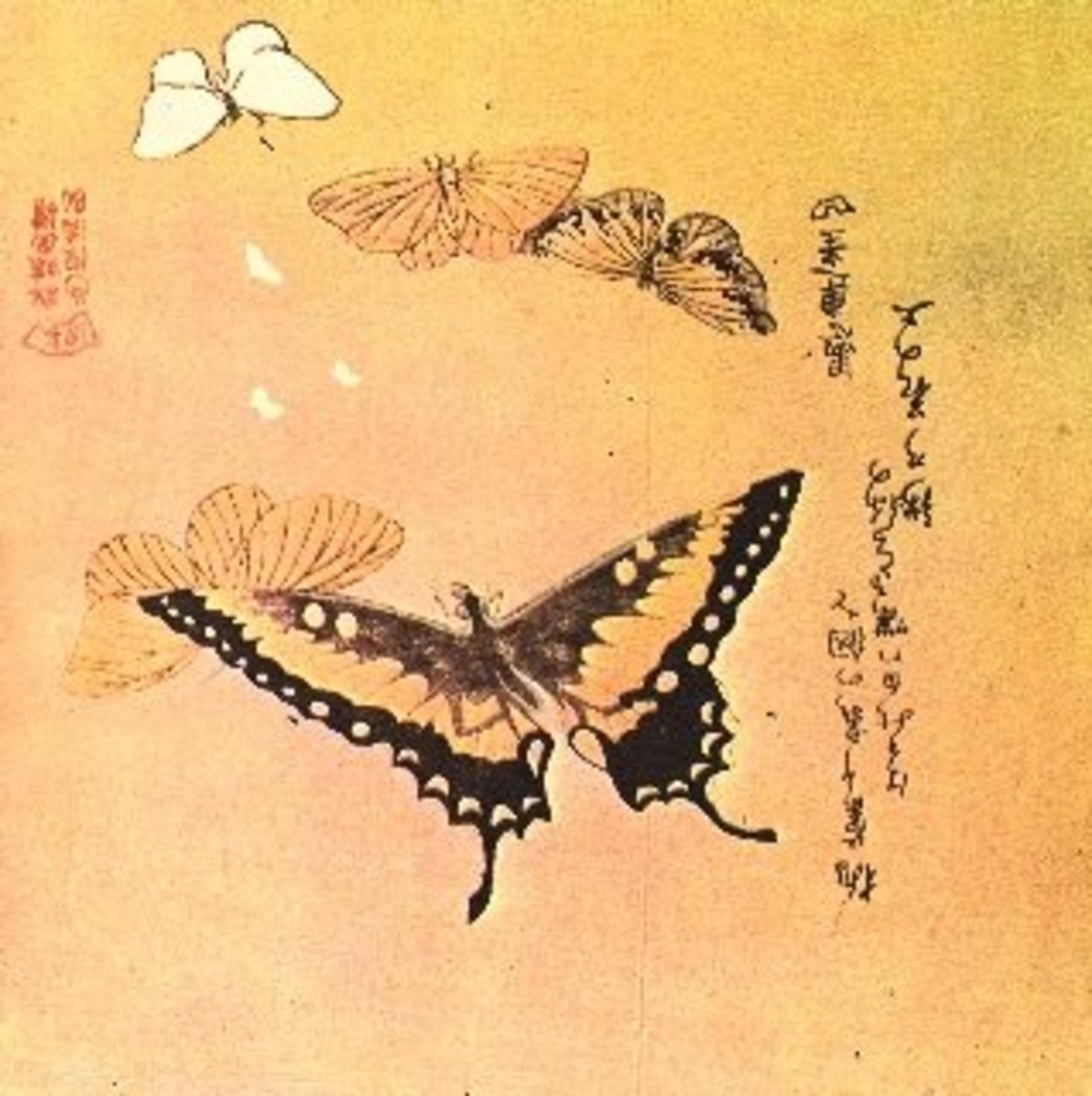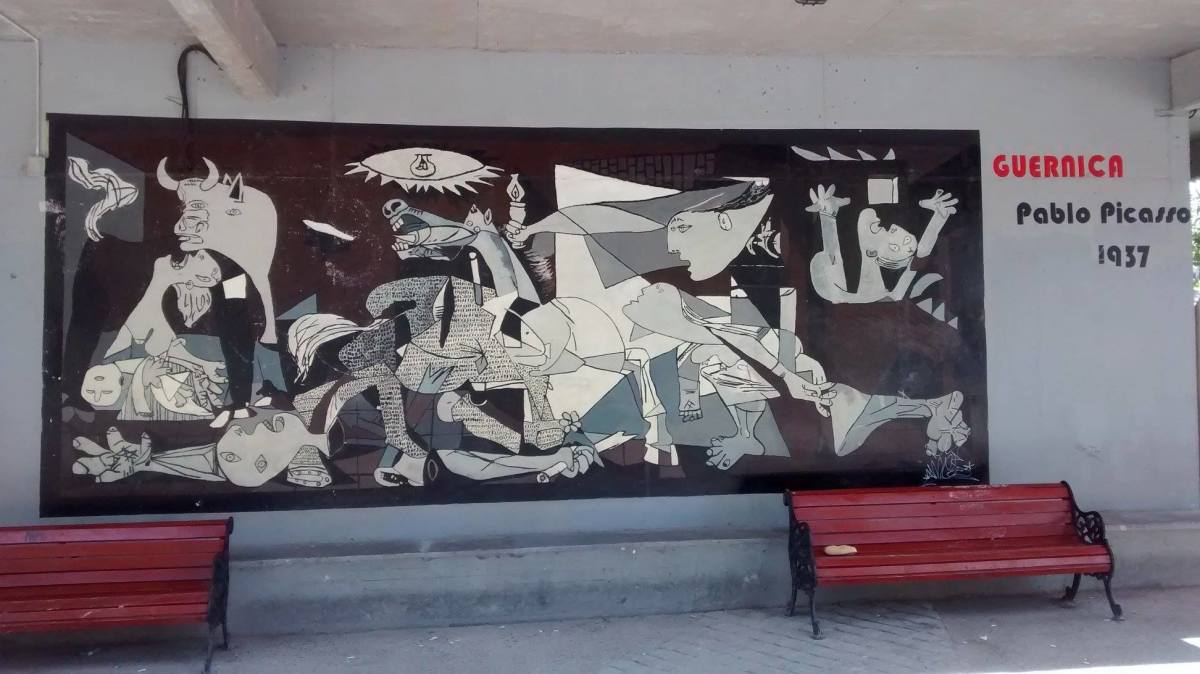Chinese Watercolour: Plum Blossom
Plum Blossom
Nation Flower of Taiwan
Plum blossom, and therefore plum trees, originated in the south of China near the Yang-tze River. They were later introduced to Japan, Korea, Taiwan, and around the world. On 21st July 1964, it was announced that the plum blossom had been chosen as the official national flower of Taiwan, the Republic of China. Plum blossom was especially chosen for its resilience and ability to overcome adversity. The three stamens represent Sun Yat-Sen's Three Principles of the People, while the five petals stand for the five branches of government.
As the National Flower of Taiwan, the plum blossom is prominent in many places, including on currency of the Republic of China, in popular paintings, on company logos, on jewellery, mugs, in poems and printed on fabrics and many other articles.
In Taiwan there is a popular song about plum blossom and the tune has also been rearranged into The Plum Blossom March.
Symbolism of the Plum Blossom
Because of the facts that it flowers in winter and that the tree can live for over a hundred years, it symbolised resilience in the face of adversity and also longevity. The trunk and branches of older trees are often twisted and gnarled and are likened to a dragon. It is also claimed that plum blossom symbolises strength, hope and faith as it is the first flower to bloom in winter, thus giving hope that Spring is not far away. As well, it is prized for its delicacy and beauty as the pale flowers emerge before the leaves.
Sprays of plum blossom are often used for decoration in people's homes at the time of the Lunar New Year.
The Four Chinese Gentlemen
This is the third of my articles that explain about Chinese watercolour painting and the four Chinese Gentlemen or Nobles that represent the four seasons. The plum blossom represents Winter, as it will often flower while there is still snow on the branches.
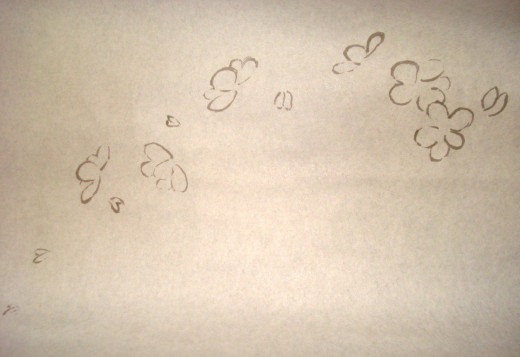
Step One
For the black paint you may wish to use ready made tube watercolour, but it is much more pleasurable to make the paint in the traditional way, grinding the ink stick with a little water on the ink stone. Make it to the darkness and thickness that you require, but for Step One it needs to be fairly pale as the petals are delicate. This traditional paint is very useful as it does not fade in light, in fact many ink paintings have survived for thousands of years. Once it is dry it does not smudge or dissolve when water is applied to the rice paper, either.
Decide where you will place the branch and twigs and, with a fairly dry brush, paint in the petals and buds along these imaginary lines. If you charge your brush with too much liquid, it will spread out on the paper and you will not have clean lines for your petals. Remember that the plum blossom has five petals, but that the flowers may be facing in different directions.
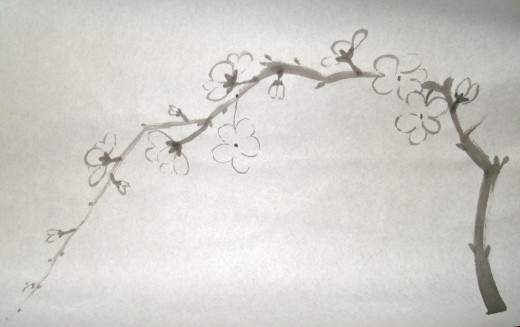
Step Two
Now you can grind more of the ink stick and make the paint darker. If you wish, you can add a touch of yellow, perhaps Cadmium, to the black. Interestingly, this makes them a dark green.
- Still without touching the paper, except with the brush, paint in the branch, the twigs and the sepals, the dark petal-like shapes that hold the flower and buds to the stems.
- Add suggestions of leaves that may be about to burst open.
- Finally, make a small dot in the centre of each flowers that is facing you.
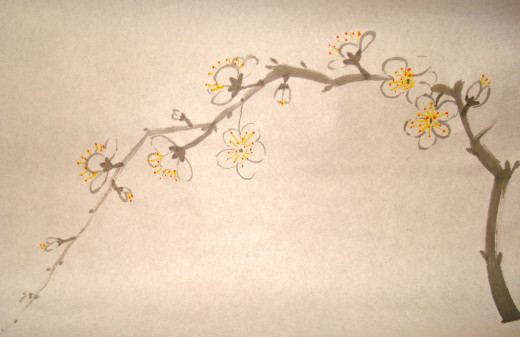
Step Three
Although the plum blossom has only three stamen, they are often painted traditionally with any number that fit artistically within the flower. The whole painting may be made simply with the ink stick paint, but often Chinese watercolour tubes are used, as in the painting above.
The Filaments
Choose a very fine brush, charge it with yellow and paint in the fine filaments, all around for the plum blossoms facing you and around the petals of others facing away and even in some of the buds that are just opening. If you are using ink stick paint, keep it fairly pale for the filaments and again keep the brush fairly dry so that the paint does not run.
The Anthers
The same brush may be used for the anthers, but here use an orange or red paint, unless you are using only the ink stick paint. In that case, make the anthers darker.
What do you think?
Do you prefer the traditional Chinese way of painting plum blossom?
An Untraditional Way
Of course, you can paint in an untraditional way if you prefer more colour in your painting. The example below shows a painting that has been done in a similar manner as the plum blossom painting, but bright colour has been used. It can be attractive, but I still prefer the delicacy of the traditional painting as it is not all painted, but rather suggested.
Whatever you choose for your painting - have fun and enjoy!
